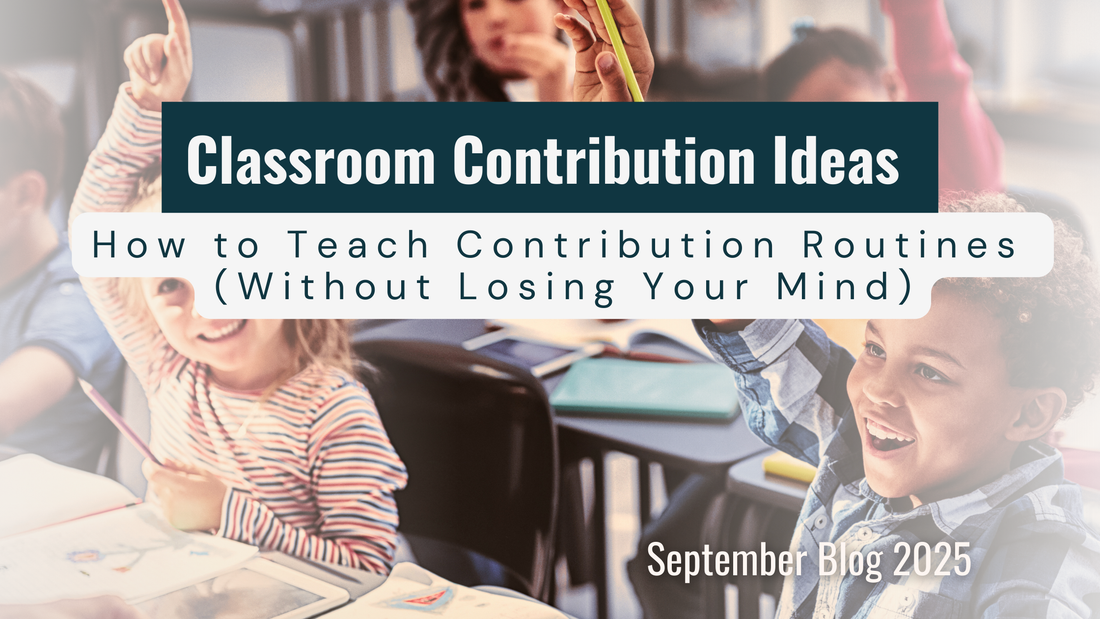
How to Teach Contribution Routines (Without Losing Your Mind)
Share
How to Teach Contribution Routines (Without Losing Your Mind)
Turn student roles into a system that runs itself
Creating student contribution opportunities is powerful. But if you drop ten new jobs into your routine without structure or clarity?
You won’t get belonging.
You’ll get chaos.
(And a sudden urge to go back to doing it all yourself.)
Let’s walk through how to teach, practice, and maintain contribution roles—without losing your mind.
Step 1: Treat Roles Like a Routine, Not a Favor
Roles should be visible, shared, repeated, and consistent.
And they’re expected—not optional.
(We’ll explore how to intrinsically motivate students to buy into these roles in the next blog episode.)
These roles aren’t extra credit. They’re part of the system.
Step 2: Teach It Like You’d Teach Any Routine
Model it yourself. Coach it with students. Rehearse. Debrief. Repeat.
Structure builds safety—and students need that before they’ll take initiative.
Step 3: Post the System Visibly
A visual chart helps reduce cognitive load and provides built-in reminders for all students—especially those with executive functioning needs.
Assign a System Checker to review which parts of the system worked and reflect back to the group.
Step 4: Rotate Slowly, Not Randomly
Let roles run for 1–2 weeks. Fewer changes = less chaos. Stability builds confidence.
Step 5: Expect It to Break—Then Normalize the Repair
When the system breaks down, don’t blame the student.
Use it as feedback. Coach the moment. Reinforce that repair is normal.
Coming Next: How to Get Student Buy-In (Without Stickers or Bribes)
In Blog 5, we’ll look at how to build authentic buy-in using intrinsic motivation, interest, autonomy, and safety—even for students with trauma or anxiety who may initially resist classroom roles.
—
📘 Grab the Neurodivergent Toolkit to go deeper into contribution systems, regulation strategies, and behavior as communication.







